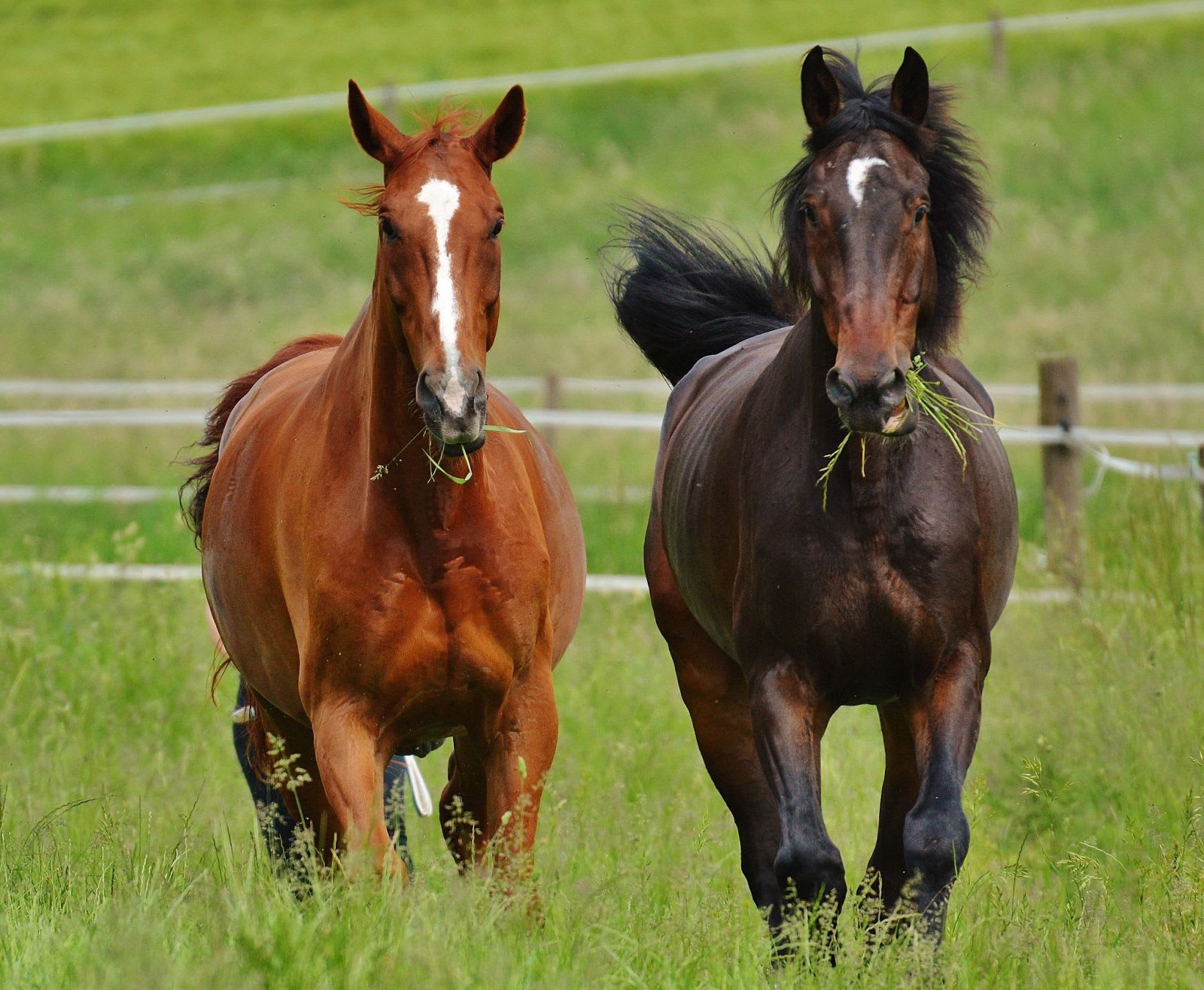A short article by Tim Proctor as printed in Horse Journals.

Slow feeding is quickly being accepted as a common sense way to feed horses, as it comes closer to feeding the way nature intended. This healthier system regulates feed consumption while making sure feed is continually available. It reduces waste, herd issues, and health problems.
Four years ago (2010), a customer of ours attended a course with the Swedish Hoof Academy, and came to me with the idea of creating a product that would help horse owners. As a result, Slow Feed Nets was born, and now offers the following benefits:
- Horses cannot get their entire heads into the bale, which reduces respiratory problems.
- Hay is always available, and this mimics natural grazing.
- Smaller portions mean that the horse chews his feed better, with slower consumption.
- There’s very little waste as the horse will eat whatever falls from the bag onto the ground.
- Any size of bag can be custom made for the customer.
- The webbing won’t shrink when left in the rain or snow.
- The nets have an added UV inhibitor and hold up very well to adverse weather conditions. In the unlikely event that holes should appear, simply mend or tie them closed using the repair twine that comes with your order. Most Slow Feed Nets used under normal conditions retain their structural integrity for a minimum of two years.
See original article in the Horse Journals.
 This article was also published in Equine Wellness Magazine.
This article was also published in Equine Wellness Magazine.
